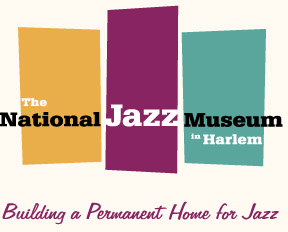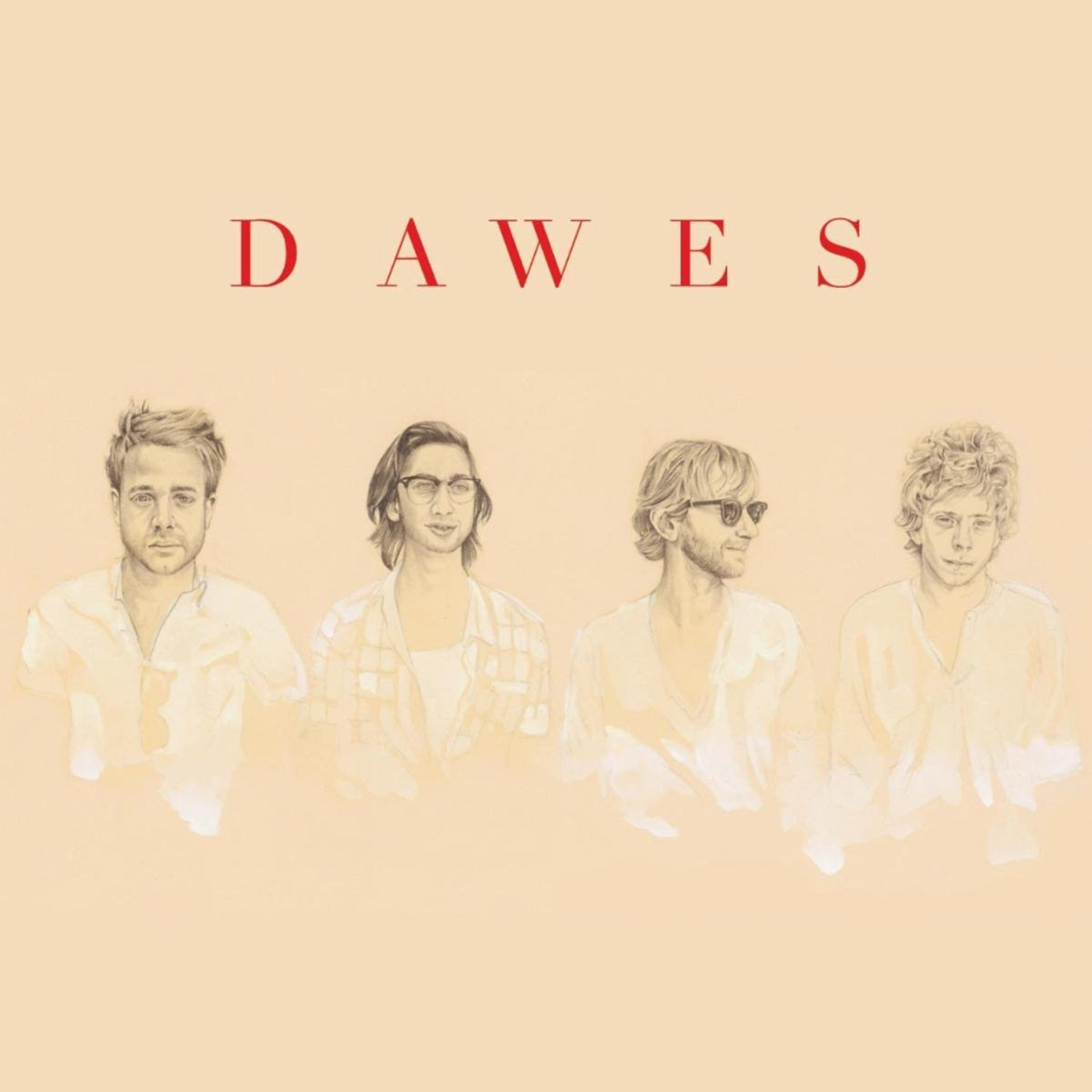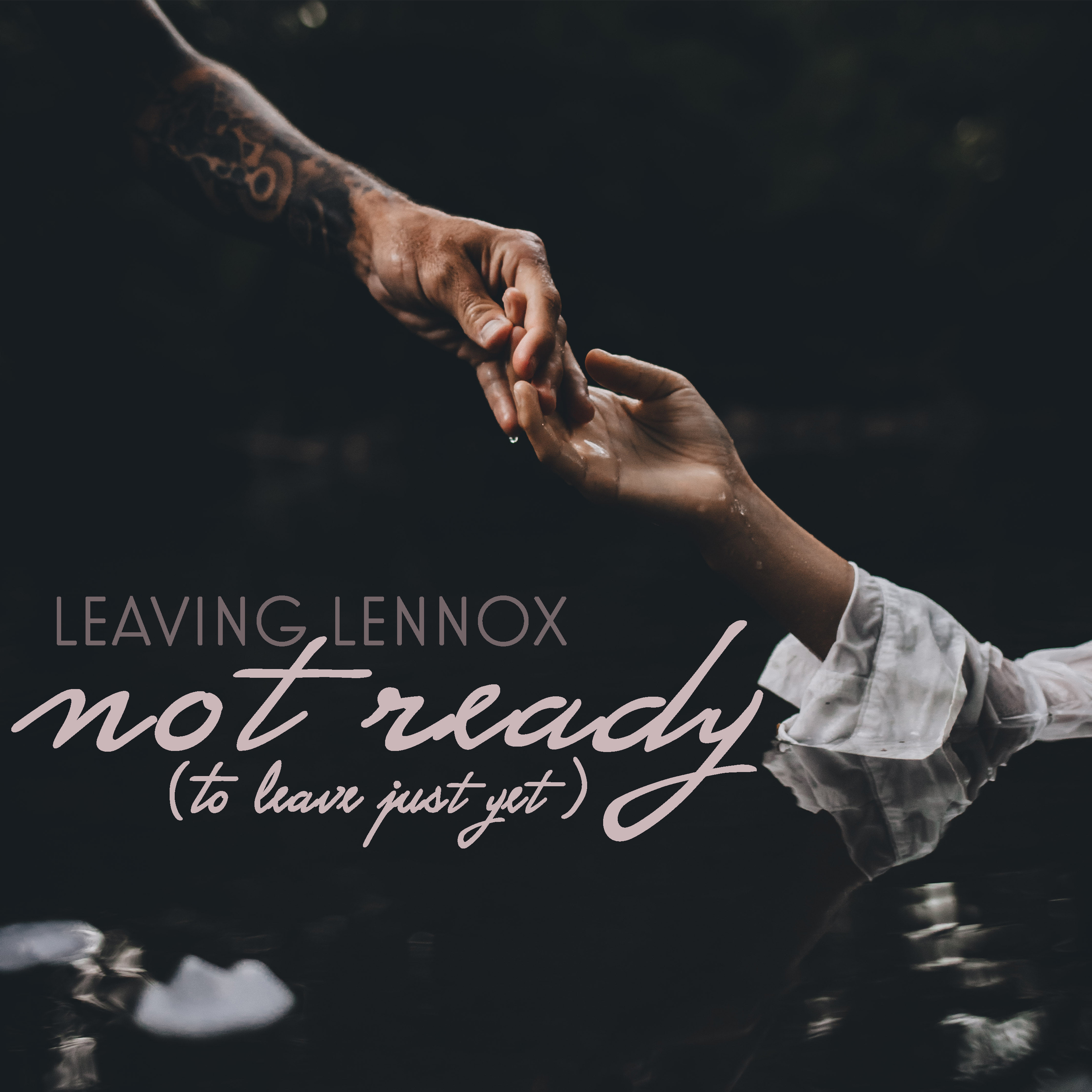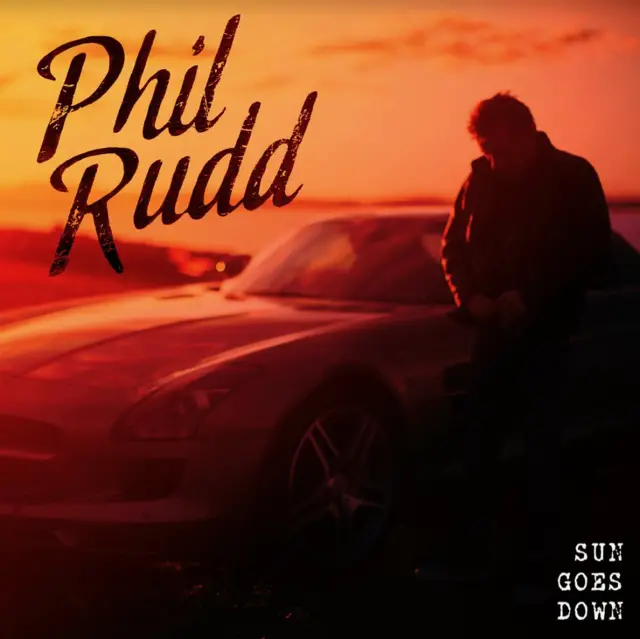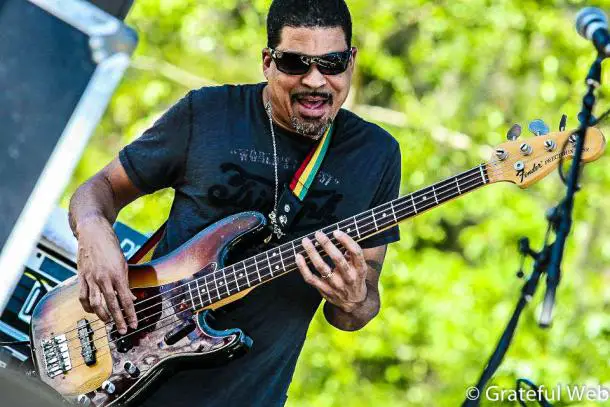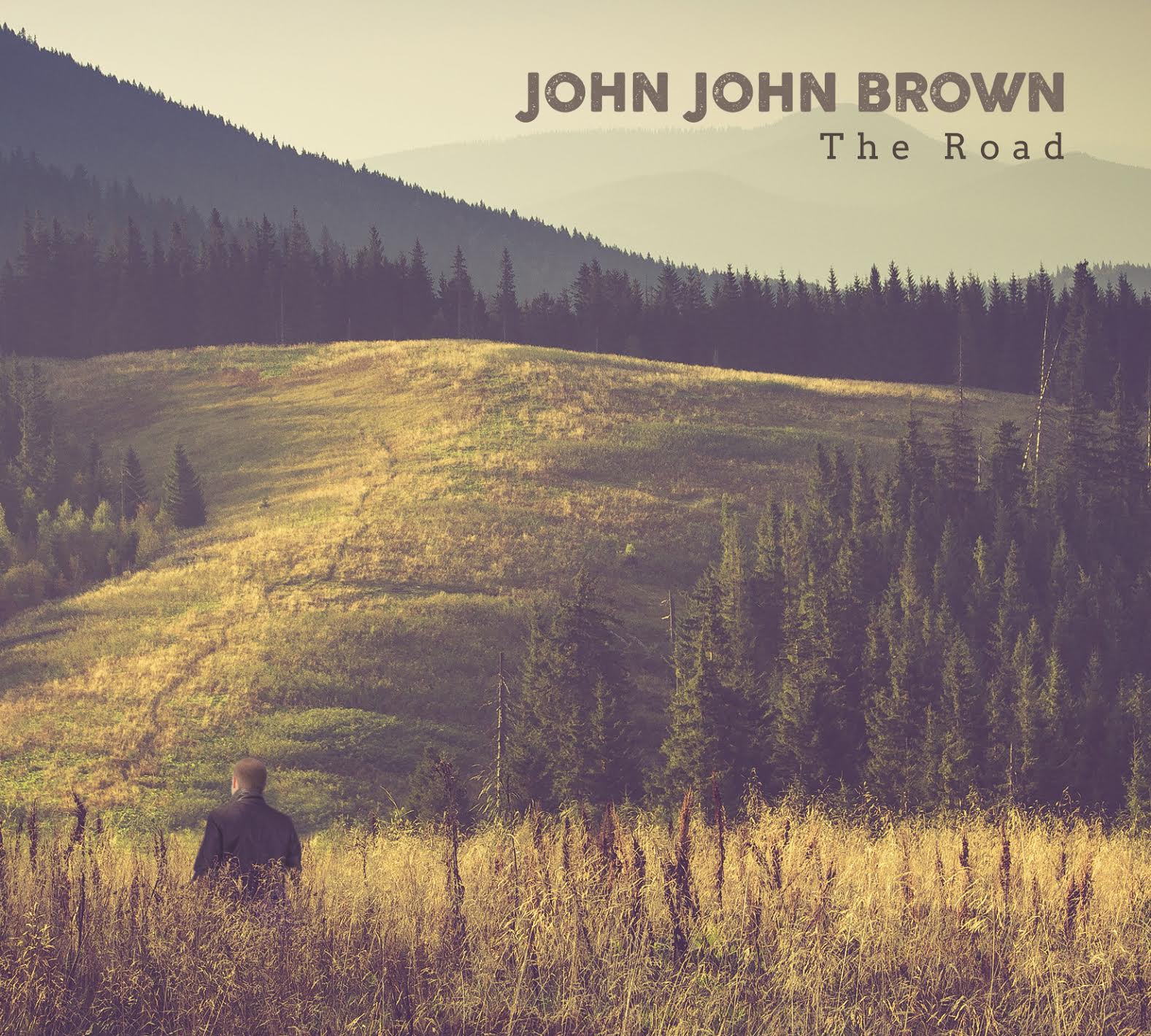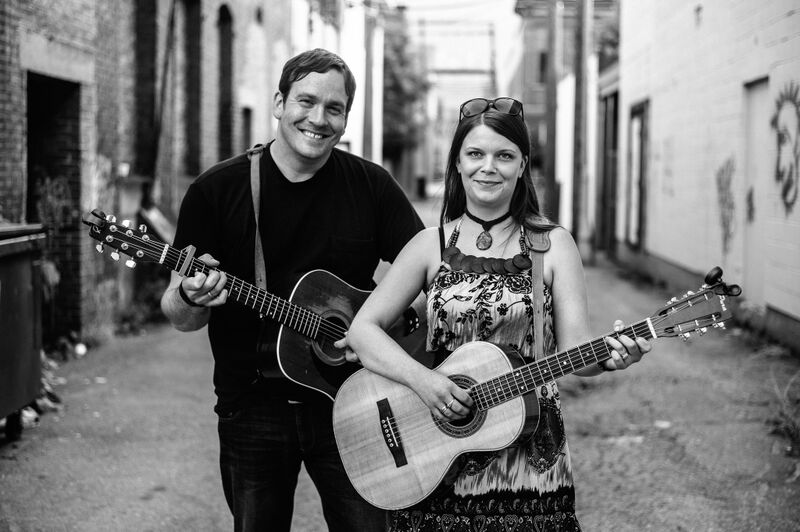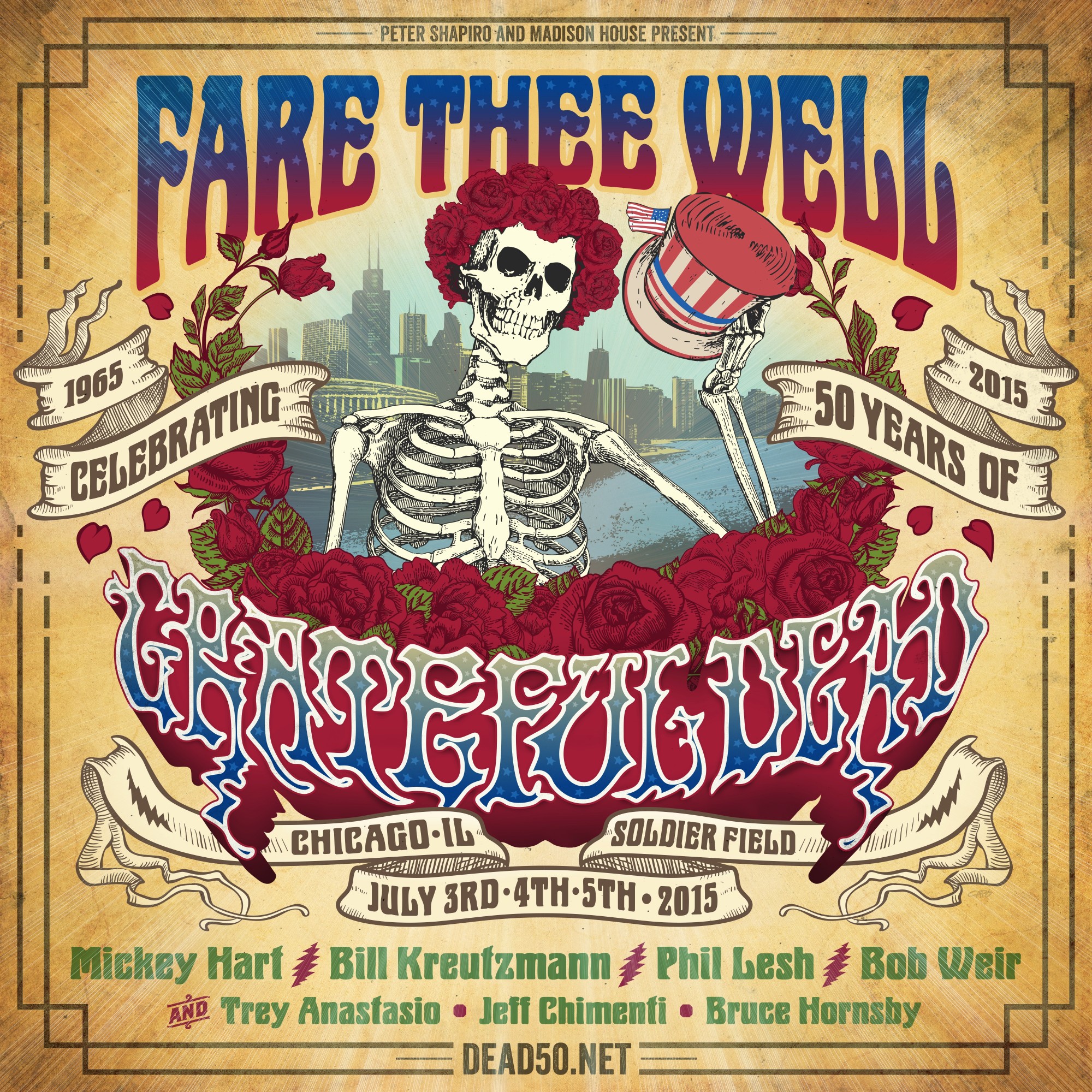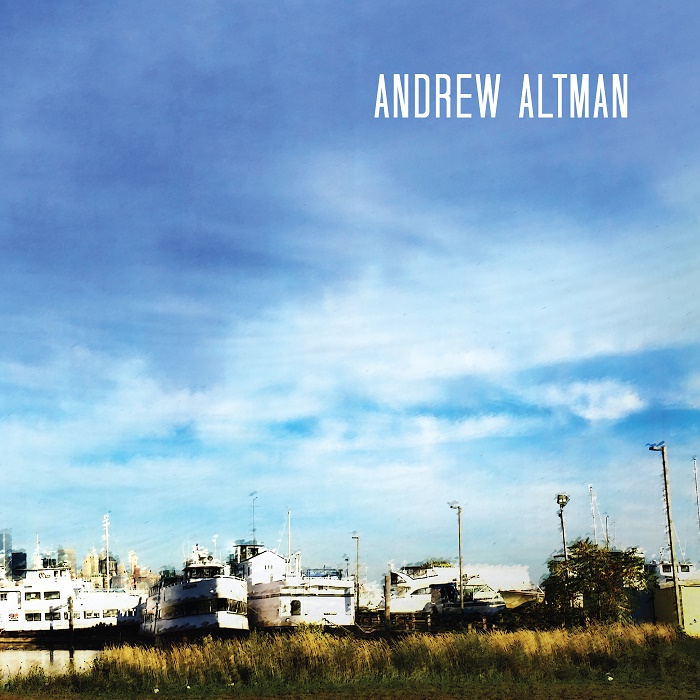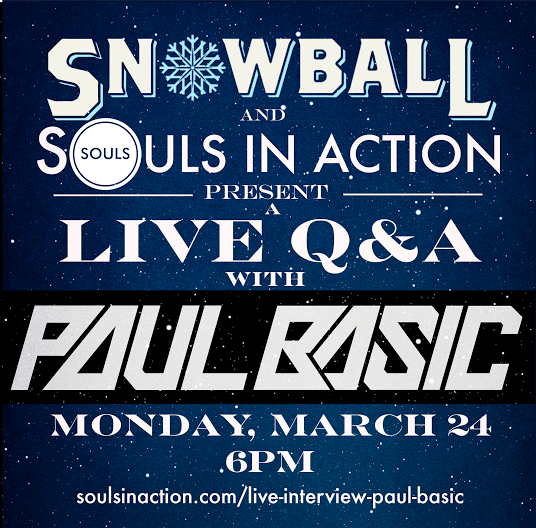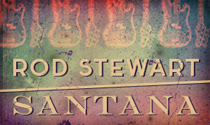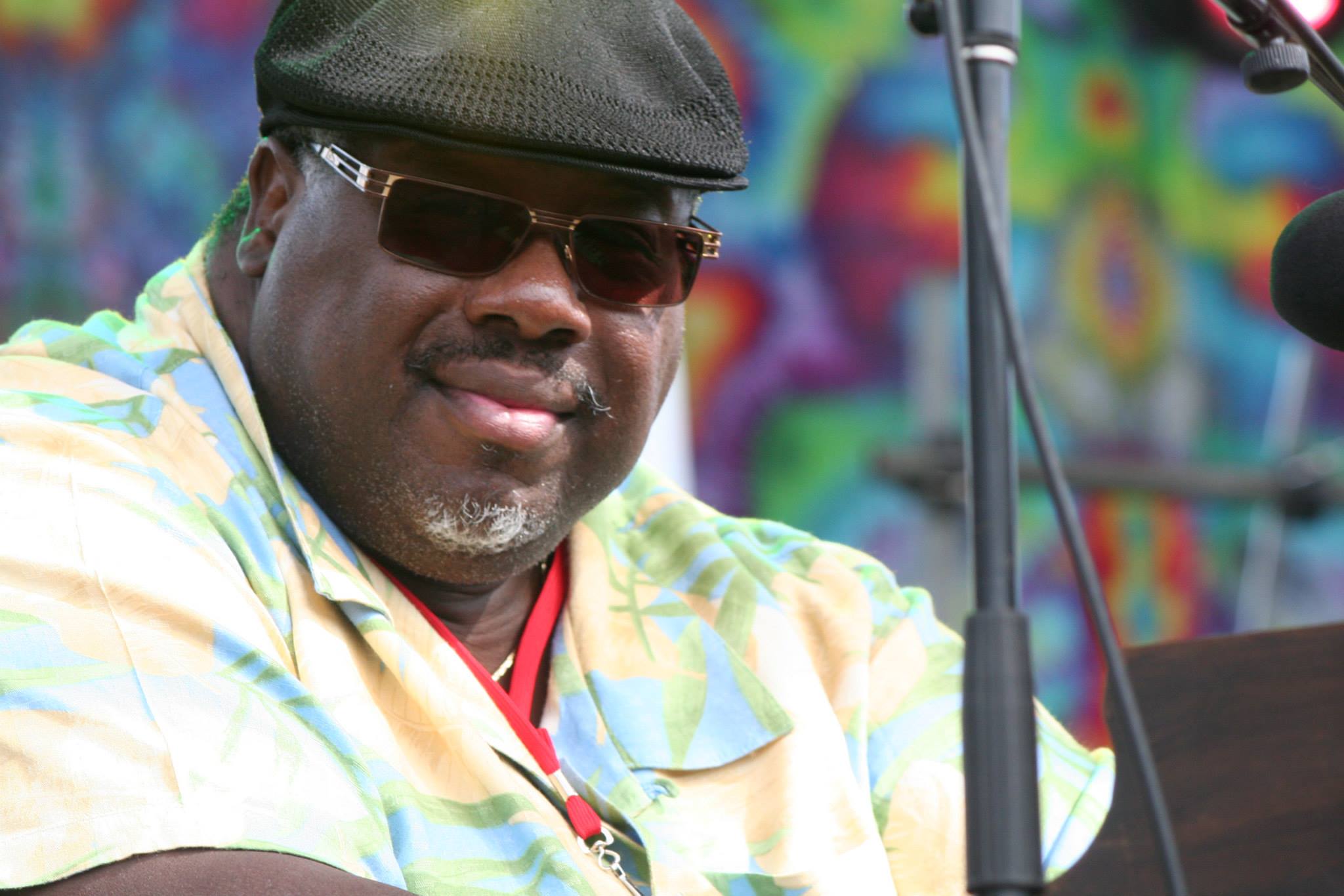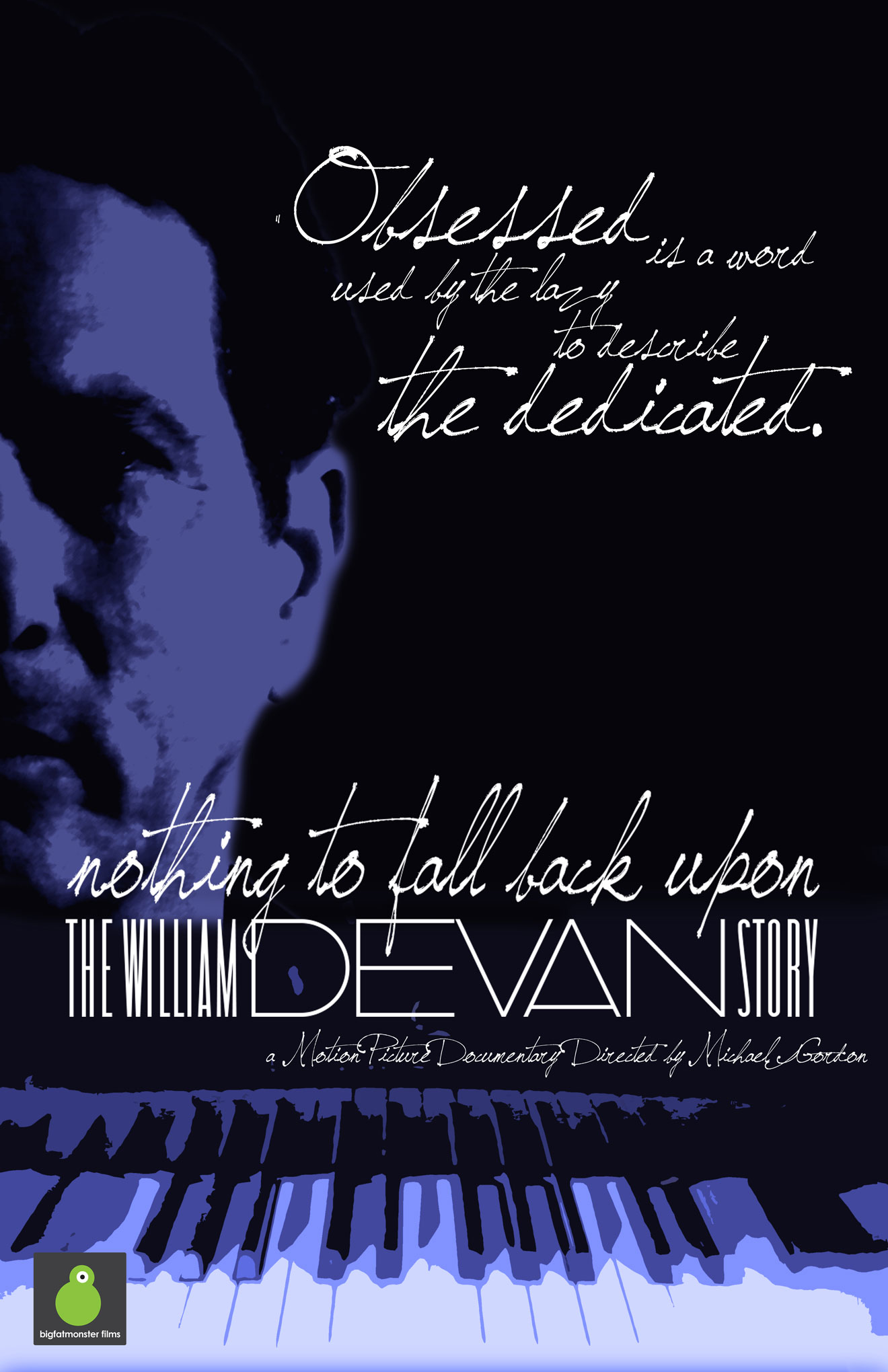Come pursue the varieties of jazz experience at the National Jazz Museum in Harlem! From conversations and live performances to educational sessions and panel discussions, you’re sure to have a ball and learn a lot too.
For Jazz for Curious Readers, scholar of jazz and saxophonist Salim Washington will discuss his co-authorship of a recent work delving into the Miles Davis/John Coltrane relationship and impact. Harlem Speaks features discussions with baritone sax master Joe Temperley, and critically-praised and provocative big band leader Darcy James Argue.
If live music performance is your bent, look no further than our three concert series: Harlem in the Himalayas, which this month starts with a pairing of radically talented musicians Suphala, a tabla whiz, and jazz pianist Jason Lindner, to whom no style is foreign. The second featured artist for this series held at the Rubin Museum of Art is young trumpeter Dominick Farinacci, who has absorbed the jazz trumpet tradition and presents it with suave and vitality. Jazz at the Players has yet another young player making his mark, pianist Aaron Diehl, in a trio setting. And bring your dancing shoes, as trumpeter Etienne Charles, who recently (as did Diehl) graduated from Juilliard, inaugurates our newest series, right here in Harlem, with an ensemble for Jazz at the Dwyer (where people come to dance and enjoy the music) that will embody the spirit of Trinidad within the frame of jazz.
This month the National Jazz Museum in Harlem puts special focus on the musical and cultural contributions of an important early jazz figure, Fats Waller. At Jazz for Curious Listeners (every Tuesday evening) we begin with his rich legacy as a composer of compositions key to the jazz dimensions of the American Song Book, and continue on with his place in American music as a pianist and organist. In the latter part of April we present a Saturday Panel on “Fat Waller’s Harlem: Reflections on the 1920s and 30s” and top it off with Fats on film for the last JFCL event of the month.
What are you waiting for? Mark your calendar!
Friday, April 2, 2010
Harlem in the Himalayas
Jason Lindner/Suphala
7:00pm
Location: Rubin Museum of Art
(150 West 17th Street)
$18 in advance | $20 at door |
For tickets: RMA Box Office or call 212-620-5000 ext. 344
Pianist Jason Lindner grew up in Brooklyn, NY, started playing piano by ear at age 2 and was playing jazz proficiently at 15. He apprenticed with master bebopper Barry Harris and the mystic master Chris Anderson (Herbie Hancock's harmonic guru), and worked as a journeyman with Junior Mance, Tardo Hammer, Harold Danko, Frank Hewitt and Jaki Bayard before exploring a world of Latin and African rhythms, Funk, R&B, Hip Hop, Electronica, and even Rock. He's been a fixture in the New York jazz scene since the mid-90s when the well-respected Greenwich Village club, Smalls, became home for a new generation of forward-thinking jazz musicians. There he led smaller ensembles and then a big band; Lindner regularly drew sold out crowds on Monday nights at Smalls, earning him an Impulse records debut on Jazz Underground/Live At Smalls, which led to a full-length release on Chick Corea’s Stretch label, Premonition.
He frequently performs in New York and around the world with Claudia Acuña, Meshell Ndegeocello, Baba Isreal, Dafnis Prieto, Omer Avital, Anat Cohen, Luisito Quintero, Malika Zarra, Juancho Herrera, and with his own groups the Ab Aetero, Now vs. Now, Progress Report, the JL-ECTRIK, Big Pump and the Jason Lindner Big Band, now celebrating its 12th year. He has also recorded with (and served as Musical Director for) Lauryn Hill and Amel Larrieux, toured with Roy Haynes, performed with and arranged for Arturo O'Farrill's Grammy-winning Jazz at Lincoln Center Afro-Latin Orchestra, and shared both stage and studio with Chick Corea, Junior Cook, Elvin Jones, Wynton Marsalis, Paquito D’Rivera, Jon Hendricks, James Moody, Graciella (Machito Orchestra), Mark Turner, Lou Donaldson, Jimmy Cobb, Lou Donaldson, The Henry Mancini Orchestra, Mark Turner, Christian McBride, Vernel Fournier, and other artists. Jason Lindner also teaches internationally.
Suphala, one of the most versatile young tabla artists making music today, was raised in the U.S. by Indian parents, and began learning western classical music on the piano at age four, performing at age five, and as a teen transferred her passion to one of the world’s most complex percussion instruments: the tabla. She combines a prodigious technical command of her instrument with a playful sense of experimentation, switching effortlessly between composing, producing and performing
Suphala is a protégé of the great tabla masters Ustad Allarakha and Ustad Zakir Hussain, whose constant inspiration compels her to dedicate herself to the study of Indian classical music while extending the reach of the tabla into a mosaic of musical genres and cultural contexts. Her fluency in a range of musical traditions informs her unique compositions and her highly improvisational performances, as you’ll witness at the Rubin Museum. The three albums she has released to date – Instru Mental (2000), The Now (2005) and Blueprint (2007) – go beyond a particular genre style while referencing such diverse influences as Western classical, Indian classical, jazz, folk and soul.
This pairing will be extraordinary. Don’t miss it.
Monday, April 5, 2010
Jazz for Curious Readers
Salim Washington
7:00 – 8:30pm
Location: NJMH Visitors Center
(104 E. 126th Street, Suite 2C)
FREE | For more information: 212-348-8300
Clawing at the Limits of Cool
Born in Memphis, Tennessee, Salim Washington moved to Detroit, Michigan with his family at the age of eight. Early on he was drafted into the neighborhood gang; fortunately, the gang leader happened to play trumpet, which influenced Salim, ironically, to pursue music not gangs. He began on trumpet, and then studied classical piano. By middle school, Salim was performing in school ensembles and student funk bands. His college years brought him to Harvard, after which he joined the Worlds Experience Orchestra under the leadership of Jamyl Jones, and then the Source of Life Arkestral Revelation (SOLAR) in Boston, touring with them extensively throughout the south. After returning to Detroit, he taught music in prisons and in public schools. He eventually returned to Boston to finish his degree. After completing his doctorate, he headed to New York to begin a professorship at the Brooklyn College Conservatory of Music. He has travelled extensively, playing music festivals throughout the US and Canada, Latin America, and Europe. He has also led music workshops for the Northern Ireland Arts Council in Belfast, the Bill Evans conservatory in Paris, and others. Salim Washington is a member of the Jazz Study Group at Columbia University and has participated on various committees and panels in service of jazz, including those convened by the Ford Foundation, the Boston Phoenix, the New England Foundation for the Arts.
In Salim’s collaboration with Farah Jasmine Griffin for the recently-published Clawing at the Limits of Cool, the two scholars chronicle the drama of the musical relationship between Miles Davis and John Coltrane, from their initial historic partnership to the interlude of their breakup, during which each man made tremendous progress toward his personal artistic goals. The book even continues with the last leg of their journey together, a time when the Miles Davis group, featuring John Coltrane, forever changed the landscape of jazz. Washington and Griffin also argue that Davis and Coltrane’s collaborations embodied important ideas about what it meant to be a black artist during the Civil Rights era. By insisting on the legitimate cultural value of their work, Coltrane and Davis challenged dominant images of black musicians as merely entertainers, earning the respect of blacks and whites alike for their accomplishments as artists.
From an idiomatic perspective, the authors also examine the profound implications that the Davis/Coltrane collaboration would have for jazz and African American culture, drawing parallels to the changing standards of African American identity with their public personas and private difficulties.
Find out more about the content and context of this important jazz work, and Salim Washington’s journey in jazz at Jazz for Curious Readers.
Tuesday, April 6, 2010
Jazz for Curious Listeners
The Joint is Jumpin': Fats Waller: The Composer
7:00 – 8:30pm
Location: NJMH Visitors Center
(104 E. 126th Street, Suite 2C)
FREE | For more information: 212-348-8300
We focus on the composing genius of Fats Waller as we start a month-long series in his honor. In the American public memory, perhaps because of his filmic images, Fats Waller is known as a smiling, eyebrow raising entertainer who also played piano. Fact is that Waller was one of the best of the New York jazz pianists in the au courant styles of that day—from Stride to Swing. He was also a fabulous organist, having cut his teeth at the open air religious services led by his father, Edward Waller, a Baptist lay preacher. He played piano at his public school and at 15 became organist at the Lincoln Theatre on 135th Street.
His father hoped that Waller would follow a religious calling rather than a music career, but after his mother Adeline Waller died in 1920, he moved in with the family of the pianist Russell B. T. Brooks. Waller soon met James P. Johnson, under whose tutelage he developed as a pianist and through whose influence he came to make piano rolls—starting in 1922 with Got to Cool My Doggies Now. There’s even evidence to support Waller's claims that during his formative years as a pianist he studied with Leopold Godowsky and composition with Carl Bohm at the Juilliard School.
Waller wrote many pop hits – Ain’t Misbehavin’, Honeysuckle Rose, for example – but also explored extended compositions with this London Suite. We’ll look at the breadth of his compositions this evening.
Thursday, April 8, 2010
Harlem Speaks
Joe Temperley, Saxophonist
6:30 – 8:30pm
Location: NJMH Visitors Center
(104 E. 126th Street, Suite 2C)
FREE | For more information: 212-348-8300
Scotland-born Joe Temperley first achieved prominence in the United Kingdom as a member of Humphrey Lyttelton's band from 1958 to 1965. He toured the United States with the band in 1959, and, in 1965, came to New York City, where he performed and/or recorded with Woody Herman, Buddy Rich, Joe Henderson, Duke Pearson, the Jazz Composers’ Orchestra, and the Thad Jones-Mel Lewis Orchestra and with Clark Terry, among many others. In October 1974 he toured and recorded with The Duke Ellington Orchestra as a replacement for Harry Carney.
Mr. Temperley played in the Broadway show Sophisticated Ladies in the 1980s, and his film soundtrack credits include The Cotton Club, Biloxi Blues, Brighton Beach Memoirs, When Harry Met Sally, and Tune In Tomorrow, composed by Wynton Marsalis. Mr. Temperley is a mentor and a cofounder of the FIFE Youth Jazz Orchestra program in Scotland, which now enrolls 70 young musicians ages 7 to 17 playing in three full-size bands. Mr. Temperley has released several albums as a leader, including Nightingale (1991), Sunbeam and Thundercloud with pianist Dave McKenna (1996), With Every Breath (1998), and Double Duke (1999). He released two new recordings in September 2001. He is an original member of the Lincoln Center Jazz Orchestra (now JALC Orchestra) and serves on the faculty of the Juilliard Institute for Jazz Studies, which opened in fall 2001. He has served on the Manhattan School of Music faculty since 1992.
Tonight Temperley, known too for his moving feature on Duke’s “A Single Petal of a Rose” with the JALC Orchestra, will discuss his tenure in this world-class jazz big band led by Wynton Marsalis as well as his previous decades of service in the vineyards of jazz.
Friday, April 9, 2010
Harlem in the Himalayas
Dominick Farinacci
7:00pm
Location: Rubin Museum of Art
(150 West 17th Street)
$18 in advance | $20 at door |
For tickets: RMA Box Office or call 212-620-5000 ext. 344
For a soulful listen to the future of jazz now, you can’t miss with young trumpeter Dominick Farinacci, an exemplar of the brass tradition in jazz in full bloom. Last year, after having released six albums as a leader on a Japanese record label, Farinacci debuted with critical acclaim in the U.S., on the Koch label, with “Lovers, Tales, and Dances.”
He's won a variety of awards over the years in the States and in Japan—Farinacci received two Gold Disc awards (Record of the Month) from Swing Journal Magazine in Japan for his recordings of "Say It" and "Besame Mucho," for example. In 2003 he received the International New Star Award in Japan, an honor previously awarded to Diana Krall and Christian McBride, co-director of the National Jazz Museum in Harlem. In the United States, Dominick was the recipient of the ITG Carmine Caruso International Jazz Trumpet Competition in 2003.
At 15, he was "discovered" by Wynton Marsalis in Cleveland, Ohio, Farinacci’s place of birth. Wynton invited Dominick to appear as a featured soloist with the Lincoln Center Jazz Orchestra on a PBS broadcast, "Live from Lincoln Center." While studying with Warren Vache and Wynton Marsalis at the Juilliard School, Dominick was also featured at Lincoln Center on a tribute concert to Freddie Hubbard and Lee Morgan, "Night of the Cookers." Over the years he has performed and/or recorded with many high-profile jazz artists such as Joe Lovano, Wynton Marsalis, Ira Sullivan, Mulgrew Miller, Carl Allen, Jason Miles, and Joe Labarbera.
Prepare to be dazzled by virtuosity and moved by the emotional weight of this young trumpet lion as he claws at the limits of cool with an intense yet relaxed approach to the jazz trumpet tradition.
Tuesday, April 13, 2010
Jazz for Curious Listeners
The Joint is Jumpin': Fats Waller: The Pianist
7:00 – 8:30pm
Location: NJMH Visitors Center
(104 E. 126th Street, Suite 2C)
FREE | For more information: 212-348-8300
Over sixty years after his death, the consummate artistry and high-spirited zest for living make pianist/composer Fats Waller one of the most celebrated artists in jazz history. His best-known compositions, such as "Ain't Misbehavin'," "Honeysuckle Rose," "Black and Blue," and "Jitterbug Waltz," long ago entered the canon of American music, as discussed in last week’s Jazz for Curious Listeners class.
Moreover, his skills as a pianist place him in the top tier of those who played the instrument, but this fact has been obscured by his greatness as an entertainer with a widespread following in the United States and Europe.
Tonight we focus on the art of Fats Waller as a pianist: his playing (and his songs) reverberates to this day amongst jazz fans and musicians cognizant of his influence and depth. As a pianist, Waller was the outstanding exponent of the Harlem Stride style of jazz piano, drawing together the innovations of Willie "The Lion" Smith and James P. Johnson into a coherent style.
And taken alone, the fact that he was a major influence on the peerless Art Tatum speaks to the eternal place Fats Waller will maintain among the pantheon of jazz greats. Come hear his piano mastery in all of its splendor at the Visitor’s Center of the National Jazz Museum in Harlem.
Tuesday, April 20, 2010
Jazz for Curious Listeners
The Joint is Jumpin': Fats Waller: The Organist
7:00 – 8:30pm
Location: NJMH Visitors Center
(104 E. 126th Street, Suite 2C)
FREE | For more information: 212-348-8300
Jazz organ fans of what some call the “modern” age of jazz—from bebop and beyond—often gravitate to Jimmy Smith as the icon of the Hammond B3. But if we go back, through the careers of Wild Bill Davis and Sarah McLawler, preceding Smith, we'd end up at the start of jazz organ: Fats Waller.
The son of a Baptist minister, Waller played church organ even before playing piano. During the silent film era he was a theatre organist in New York. Fats also taught Count Basie how to play the organ and he probably had the first recording featuring an electric Hammond organ.
However, it’s on the pipe organ that Waller made several recordings lost to obscurity that will be resurrected and placed properly in the light of recognition tonight, as we’ll hear rare Waller gems heretofore only recognized by the jazz cognoscenti.
Wednesday, April 21, 2010
Jazz at the Players
Aaron Diehl Trio
7:00pm
Location: The Players
(16 Gramercy Park S. | get directions)
$20 | Reservations or 212-475-6116
Hailed by the Chicago Tribune as "The most promising discovery that [Wynton] Marsalis has made since Eric Reed," Aaron Diehl's distinctive interpretations of the music of Scott Joplin, "Jelly Roll" Morton, Art Tatum, Duke Ellington, and other masters pay homage to the tradition while establishing his own original voice.
He has performed with the Wynton Marsalis Septet, the JALC Orchestra, The Boston Symphony Orchestra, Hank Jones, Wycliffe Gordon, Wessell Anderson, Benny Golson, NJMH executive director Loren Schoenberg, and has been featured on Marian McPartland’s NPR radio show “Piano Jazz.” His international touring includes major European jazz festivals as well as performances in South America and Asia. “Mozart Jazz,” his first CD as a leader, was released in 2006 on the Pony Canyon label (Japan). Recent performances include the Caramoor Festival and the Allen Room at Jazz at Lincoln Center's Frederick P. Rose Hall.
A native of Columbus, Ohio, Diehl is a 2007 graduate of the Juilliard School, where his teachers included recent Harlem Speaks guest and NEA Jazz Master Kenny Barron, Eric Reed, and Oxana Yablonskaya. His honors include Lincoln Center’s prestigious Martin E. Segal award in 2004, winner of the 2003 Jazz Arts Group Hank Marr Jazz Competition, and Outstanding Soloist at Jazz at Lincoln Center’s 2002 Essentially Ellington Competition. Immediately following graduation from high school he toured with the Wynton Marsalis Septet.
Aaron Diehl currently resides in Manhattan where he serves as music director of St. Joseph of the Holy Family Church in Harlem. Check out a master-in-the-making playing live at Jazz at the Players.
Thursday, April 22, 2010
Harlem Speaks
Darcy James Argue, Bandleader
6:30 – 8:30pm
Location: NJMIH Visitors Center
(104 E. 126th Street, Suite 2C)
FREE | For more information: 212-348-8300
His debut recording, Infernal Machines, featuring his 18-piece big band, Secret Society, made Darcy James Argue one of 2009’s most talked-about jazz musicians. He was given a series of features in jazz and non-jazz publications alike, multiple nominations at the 2009 Jazz Journalists Association Awards, and a presence on more than 70 best-of-the year lists, including Best Debut honors in the prestigious Village Voice Jazz Critics Poll.
Formed in 2005, Secret Society evokes an alternate musical history in which the dance orchestras that ruled the Swing Era never went extinct, but remained a popular and vital part of the evolving musical landscape. Adopting a steampunk-inspired attitude towards the traditional big band, Argue refashions this well-worn instrumentation into a cutting-edge ensemble. The band’s first studio recording takes its name from a John Philip Sousa quote about the dangers of music technology.
Secret Society holds the honor of being the first group to be announced for George Wein’s 2010 Newport Jazz Festival.
A native of Vancouver, and former member of the Montreal jazz scene, Argue moved to Brooklyn in 2003 after earning a Master’s Degree in Boston while studying with legendary composer/arranger Bob Brookmeyer. He has also studied with Lee Hyla, Randall Woolf, Maria Schneider and John Hollenbeck. His awards include the BMI Jazz Composers’ Workshop Charlie Parker Composition Prize and the SOCAN/CAJE Phil Nimmons Emerging Composer Award.
Reward yourself by attending this conversation with one of the cutting-edge band leaders in the jazz idiom.
Friday, April 23, 2010
Jazz at the Dwyer
Trinidad meets Jazz with the Etienne Charles Band
7:00 – 11:00pm
Location: The Dwyer Cultural Center
(258 St. Nicholas Avenue at W. 123rd Street)
$20 | More information: info@DwyerCC.org
A new series dedicated to jazz and dancing commences with this Friday evening’s JAZZ AT THE DWYER, held at Harlem’s new and vital community center.
In 2009, Etienne Charles brought a large ensemble to the Riverside Theatre in a National Jazz Museum in Harlem program that featured jazzed up versions of classic Caribbean sounds.
The result was so infectious that audience members leapt from their seats to dance.
Expect more of the same, as Trinidadian Etienne Charles and his company of musicians trumpet this mélange of styles to the grooving satisfaction of your ears and feet.
Born on the island of Trinidad in 1983, Etienne Charles’ musical lineage runs at least four generations deep. Yet perhaps it was his father, Francis, who influenced him most. Francis was a member of Phase II Pan Groove, one of Trinidad’s most progressive steel bands and one that Etienne would later join. Immersed in his father’s vast record collection, and suffused with the sounds of calypso, steel pan, and African Shango drumming, Etienne imbibed many of the influences that make up the colors of his harmonic palette. An alumnus of the prestigious Juilliard School, Charles has received critical acclaim for his exciting performances, thrilling compositions and a knack for connecting with audiences worldwide.
Saturday, April 24, 2010
Saturday Panels
Fats Waller's Harlem: Reflection on the 1920s and 30s
12:00 – 4:00pm
Location: NJMH Visitors Center
(104 E. 126th Street, Suite 2C)
FREE | For more information: 212-348-8300
As was Fats Waller central to early jazz, Harlem was an epicenter of the music’s development as well as the stomping grounds for much of the growth of Waller’s aesthetic. Today we’ll examine the connection between Waller and Harlem, viewing Harlem from the vantage of Waller’s work, life and times.
Some historical backdrop of Waller’s career in the 20s and 30s will prepare you for this special afternoon, which continues our month-long investigation into the world of Fats Waller:
In October 1922, Waller made his recording debut as a soloist for Okeh with Muscle Shoals Blues and Binningham Blues, and began a series of recordings the same year as accompanist for several blues singers, including Sara Martin, Alberta Hunter, and Maude Mills. In 1923, a collaboration with Clarence Williams led to the publication of Waller's Wild Cat Blues, which Williams recorded with his Blue Five, including Sidney Bechet, that other great early jazz pioneer from New Orleans. Another composition, Squeeze Me, was published the same year; these began to establish Waller's reputation as a composer of material performed and recorded by other artists. 1923 also saw his broadcasting debut for a Newark local station, followed by regular appearances on WHN of New York. Waller continued to broadcast as a singer and soloist throughout his life, including the long-running Fats Waller's Rhythm Club and Moon River (on which he played organ). During the early 1920s, he continued as an organist at the Lincoln and Lafayette theaters in New York.
In 1927, Waller recorded his own composition Whiteman Stomp with Fletcher Henderson’s orchestra, one of the most significant large ensembles during the era of the dance bands. Henderson also made use of other works by Waller, including Crazy 'bout My Baby and Stealing Apples. Waller's other work as a composer with the lyricists Edgar Dowell, J. C. Johnson, Andy Razaf, and Spencer Williams produced such songs as Honeysuckle Rose and Black and Blue. With Razaf he worked on much of the music for the all-black Broadway musical Keep Shufflin' (1928). Their later collaborations for the stage included the shows Load of Coal and Hot Chocolates (which incorporated the song Ain't Misbehavin' as a vehicle first for Cab Calloway and later Louis Armstrong). Waller's Carnegie Hall debut took place on April 27, 1928, where he was a piano soloist in a version of his mentor James P. Johnson's fantasy Yamekraw, for piano and orchestra.
In 1926, Waller began his recording association with Victor, his principal record company for the rest of his life, with the organ solos St. Louis Blues and his own Lenox Avenue Blues. Although he recorded with various groups, his most important contribution to the Harlem stride piano tradition was a series of solo recordings of his own compositions: Handful of Keys, Smashing Thirds, Numb Fumblin', and Valentine Stomp (1929). After sessions with Ted Lewis (1930), Jack Teagarden (1931), and Billy Banks's Rhythmakers (1932), he began in May 1934 the voluminous series of recordings with a small band known as Fats Waller and his Rhythm.
In the mid-1930s, Waller worked on the West Coast with Les Hite's band at Frank Sebastian's New Cotton Club. He also appeared in two films while in Hollywood in 1935, Hooray for Love! and King of Burlesque. For tours and recordings, Waller often led his own big band. This began as an expanded version of the band led by his bass player (Charlie Turner's Arcadians), and in 1935, with most members of the Rhythm it made its first recording. The group's version of I Got Rhythm includes a cutting contest of alternating piano solos by Waller and Hank Duncan.
In 1938, Waller undertook a European tour, recording in London with his Continental Rhythm, as well as making solo pipe-organ recordings for HMV. His second European tour in 1939 was terminated by the outbreak of war, but while in Britain, he recorded his London Suite, an extended series of six related pieces for solo piano: Piccadilly, Chelsea, Soho, Bond Street, Limehouse, and White Chapel. It is Waller's longest composition and represents his aspiration to be a “serious” composer rather than only the author of a string of hit songs.
Tuesday, April 27, 2010
Jazz for Curious Listeners
The Joint is Jumpin': Fats Waller: Film night
7:00 – 8:30pm
Location: NJMH Visitors Center
(104 E. 126th Street, Suite 2C)
FREE | For more information: 212-348-8300
This month the National Jazz Museum in Harlem peered deeply into the artistry and legacy of Fats Waller, first as a composer, pianist, organist and then as one of the central figures of jazz in Harlem.
Tonight we’ll end where popular culture begins as regards Waller, with him on film playing music and mugging for the camera as a showman.
You’ll surely leave with a smile as we view clips from Waller’s Hollywood appearances in feature films and soundies, early versions of the music video. Soundies were three-minute musical films, produced in New York, Chicago, and Hollywood between 1940 and 1946, and often included short dance sequences.
Look out especially for the pairing of Waller and Bill “Bojangles” Robinson, which captures a moment in jazz history where dance, song and improvisation were joined at the hip.
Consider yourself hip? Then we’ll see you at the Visitor’s Center of the National Jazz Museum . . . with Fats Waller on screen, you’re guaranteed that the joint will be jumping!





